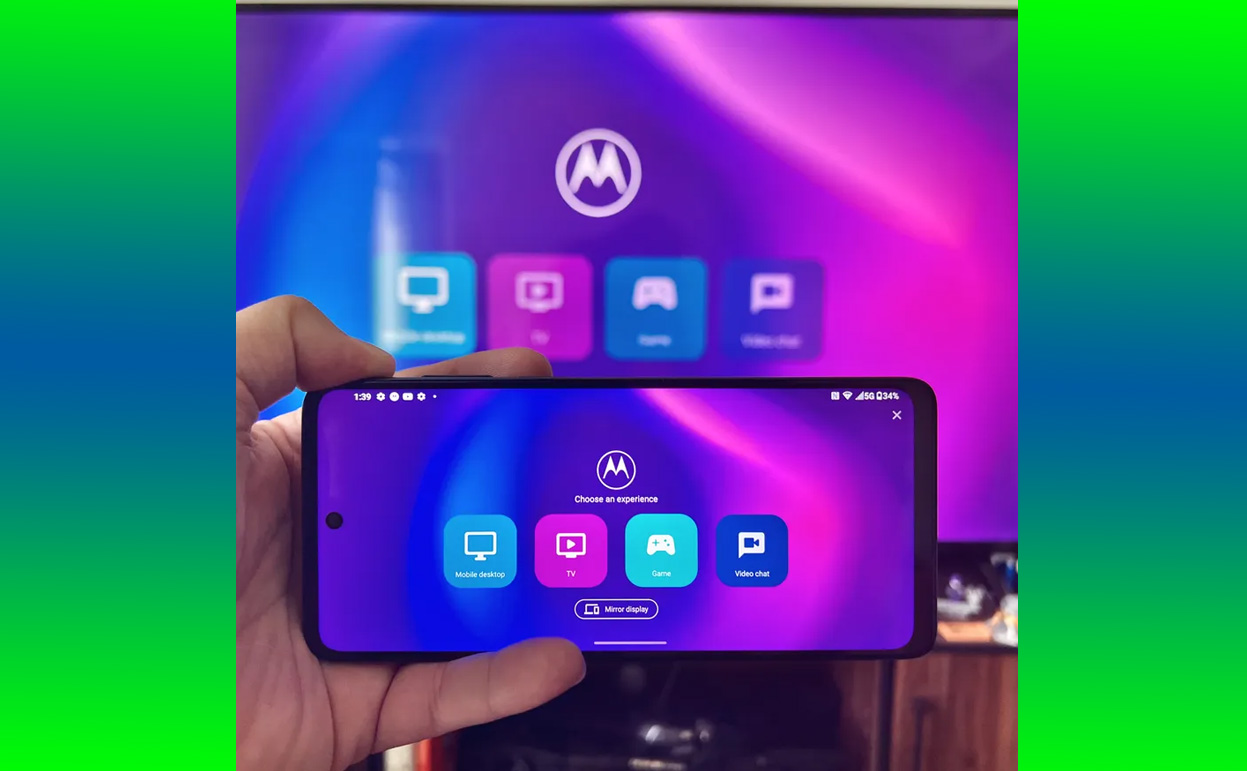Casting your phone to your TV has become a popular way to enjoy videos, photos, and apps on a larger screen. Whether you want to stream a movie, share photos with friends, or display presentations, the right casting method can make the process seamless and enjoyable.

In this guide, we’ll explore six of the best methods to cast from phone to TV without hassle, covering both wired and wireless options. With the right setup, you can enjoy a cinematic experience right from your smartphone.
Key Takeaways: Methods to Cast From Phone to TV
| Method | Ease of Use | Device Compatibility | Internet Requirement |
|---|---|---|---|
| Built-in Smart TV Casting | Very Easy | New Smart TVs | Yes |
| Chromecast | Easy | Android & iOS | Yes |
| Miracast | Moderate | Limited to Miracast TVs | No |
| HDMI/MHL Cable | Easy | Most TVs with HDMI ports | No |
| Roku/Fire Stick | Easy | Universal Support | Yes |
| DLNA Apps | Moderate | Android & DLNA-enabled TVs | No |
Why Casting From Phone to TV Is Popular
The appeal of casting lies in its convenience and versatility. Instead of being limited to a small screen, casting allows you to:
- Enhance viewing experiences with larger displays and superior sound quality.
- Eliminate the need for external storage devices by streaming directly from your phone.
- Enjoy a clutter-free setup without relying on complex cables.
According to a 2023 report by Statista, 57% of U.S. households use screen mirroring technology at least once a week. With more devices supporting casting, it’s becoming easier to connect without specialized technical skills.
Preparation Checklist
Before you start, ensure you’re ready with the following:
- Compatible Devices: Check that both your phone and TV support casting technologies.
- Wi-Fi Network: A stable connection is vital for wireless methods.
- Required Apps or Hardware: Install apps like Google Home or connect external devices like Chromecast.
- Updated Software: Ensure both your TV and phone have the latest software updates to avoid compatibility issues.
Methods to Cast From Phone to TV Without Hassle
1. Using Built-in Smart TV Casting
Many smart TVs come with built-in casting features like Google Cast or AirPlay. Here’s how you can use them:
- Android Phones: Use the “Cast” option in your Quick Settings menu.
- iPhones: Access AirPlay by swiping down on your Control Center.
- Supported brands like Samsung, LG, and Sony make it effortless to connect.
Benefits:
- No need for extra hardware.
- Direct integration with popular apps like YouTube and Netflix.
Limitations:
- Requires a Wi-Fi connection.
- Older TVs may lack support.
2. Chromecast Method
Chromecast is a reliable choice for users who want high-quality streaming.
Setup Steps:
- Plug the Chromecast device into your TV’s HDMI port.
- Use the Google Home app to set up the connection.
- Tap the “Cast” icon in supported apps to start streaming.
Why Choose Chromecast?
Chromecast supports 4K content, integrates with Google Assistant, and is compatible with both Android and iOS devices. According to TechRadar, Chromecast remains one of the top-rated casting devices in 2024 for its ease of use.
3. Using Miracast
Miracast allows direct wireless connections without requiring Wi-Fi. It acts like a wireless HDMI cable, streaming your phone’s screen to the TV.
Steps:
- Check if your TV supports Miracast.
- On your phone, select “Wireless Display” from the Settings menu.
- Choose your TV from the list of available devices.
Advantages:
- Works without the internet.
- Ideal for offline content like photos and videos.
Drawbacks:
- Limited to devices that support Miracast.
- May experience lag during streaming.
4. HDMI or MHL Cable Connection
For those with older TVs or no Wi-Fi access, a wired connection is a foolproof option.
- Use an HDMI adapter to connect your phone to the TV.
- Some Android phones support MHL (Mobile High-Definition Link) for a similar purpose.
Why Use Cables?
Wired connections ensure zero lag and offer the best resolution. They’re perfect for gaming or high-definition movies. However, you’ll need to keep your phone close to the TV during use.
5. Streaming Devices Like Roku or Fire Stick
Both Roku Streaming Stick and Amazon Fire Stick offer robust casting options.
- With Roku, use the Roku app to mirror your screen.
- On Fire Stick, enable “Display Mirroring” under the Settings menu.
Advantages:
- Compatible with almost all phones and TVs.
- Offers additional apps and features beyond casting.
Fun Fact: According to CNET, Fire Stick users stream 7 hours of content per week on average.
6. DLNA Apps
If you want to cast offline content, DLNA-based apps like AllCast or Plex can help.
- Download a DLNA app on your phone.
- Connect to your TV over the same network.
Why Choose DLNA?
These apps are ideal for streaming locally stored media, such as downloaded movies or personal photos.
Troubleshooting Common Casting Issues
- No Signal Detected: Restart your TV and phone.
- Laggy Streams: Switch to a 5GHz Wi-Fi band or lower streaming quality.
- Audio Issues: Check your TV’s sound settings and enable HDMI audio output if applicable.
Conclusion
Casting your phone to a TV is simpler than ever with the options available today. Whether you prefer the convenience of wireless solutions like Chromecast or the reliability of cable connections, there’s a method for every need. Explore these top 6 methods to cast from your phone to TV without hassle and transform your viewing experience.
What’s your favorite method? Share your thoughts in the comments below.
Also Check:
How to Download and Use the Chromecast App for Seamless Streaming
Best Google Home Devices for Security, Entertainment, and More
The Best Streaming Device for Your TV
Chromecast Not Working: Why Is My Chromecast Not Working, How to Fix It
Is Chromecast with Google TV Worth It? Everything You Need to Know
